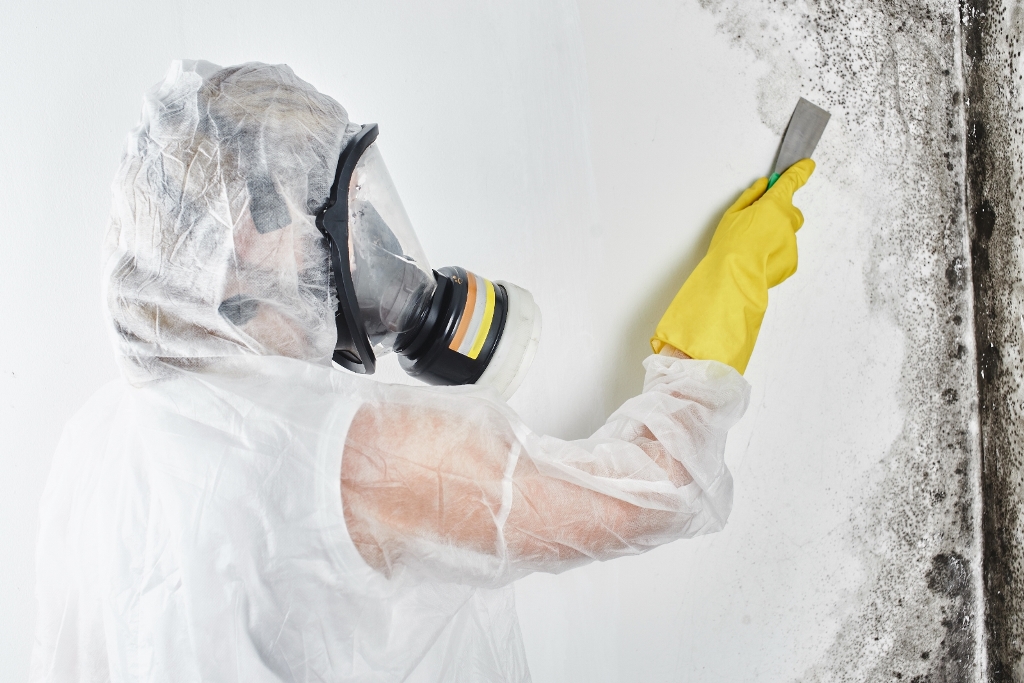Mold Remediation Service – Setting the Standard for Clean Air
Mold remediation services play a pivotal role in safeguarding our homes and workplaces from the harmful effects of mold. Mold infestations can lead to a variety of health issues and structural damage, making professional mold remediation services essential. In this article, we will explore how these services are setting the standard for clean air by eliminating mold and ensuring healthier indoor environments. Mold is a common fungus found in indoor and outdoor environments. While some molds are harmless, others can pose significant health risks and damage to properties. Mold thrives in damp and humid conditions, making it a common issue in homes and commercial buildings. The presence of mold is not only unsightly but also potentially dangerous. Mold spores can become airborne, causing respiratory problems, allergies, and more severe health issues, particularly in individuals with compromised immune systems. Structural damage is another concern. Mold can weaken building materials, leading to costly repairs and reduced property value. Therefore, timely and effective mold remediation is crucial for ensuring clean air and a safe living or working environment.
Professional mold remediation services are the frontline defense against mold infestations. These services follow a systematic approach to identify, remove, and prevent the recurrence of mold. Setting the standard for clean air, they employ trained technicians and advanced technology to ensure the job is done correctly and efficiently.

Inspection and Assessment – Mold remediation starts with a thorough inspection of the affected area. Experienced technicians identify the type of mold, its extent, and the source of moisture that promotes its growth. This assessment is essential for creating a tailored remediation plan and Visit site.
Containment – To prevent the spread of mold spores to unaffected areas, professionals establish containment measures. This typically involves the use of barriers, negative air pressure systems, and air filtration devices.
Mold Removal – Trained technicians use specialized equipment and methods to safely remove mold. Protective gear is essential to avoid exposure to harmful spores. The removal process includes cleaning and disinfection, depending on the severity of the infestation.
Moisture Control – Addressing the source of moisture is a fundamental aspect of mold remediation. Professionals will identify and rectify the issues that lead to mold growth, such as leaks or poor ventilation.
Prevention – After removal, steps are taken to prevent future mold infestations. This may include improved ventilation, dehumidification, and sealing any leaks or cracks.
Mold remediation services significantly improve indoor air quality by eliminating mold and its associated health risks. Once the mold has been effectively removed and preventative measures are in place, the air becomes cleaner and safer to breathe. This is especially important for individuals with respiratory conditions, allergies, or compromised immune systems, as they are more susceptible to the adverse effects of mold. Additionally, mold remediation services can enhance the overall quality of life. Clean air contributes to a healthier and more comfortable living or working environment. It also helps to protect the integrity of the building, preventing structural damage and preserving its value.
